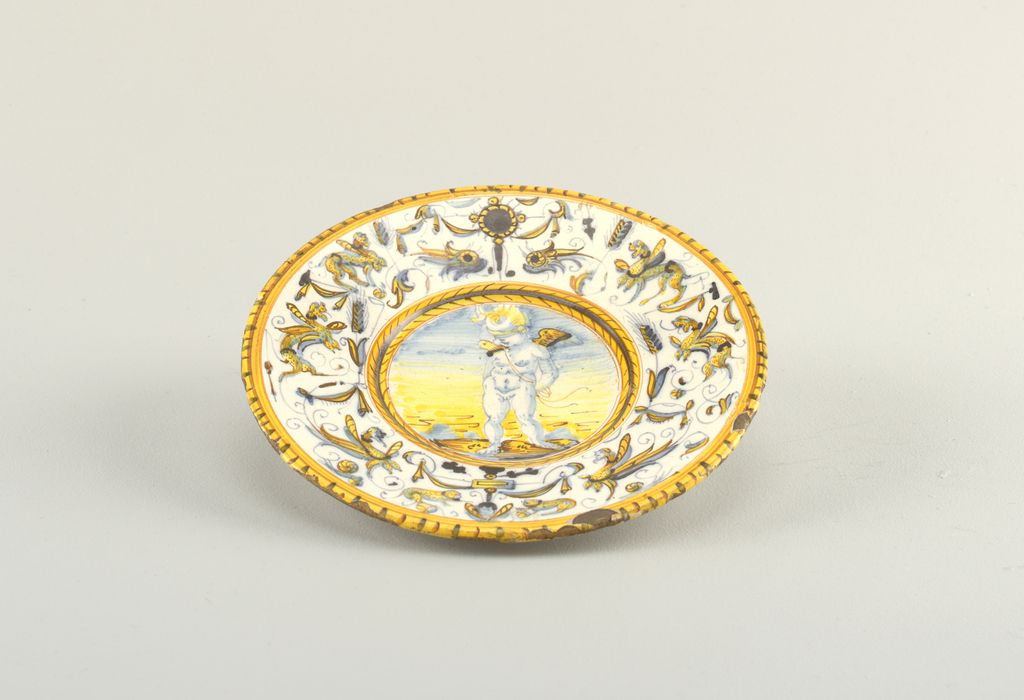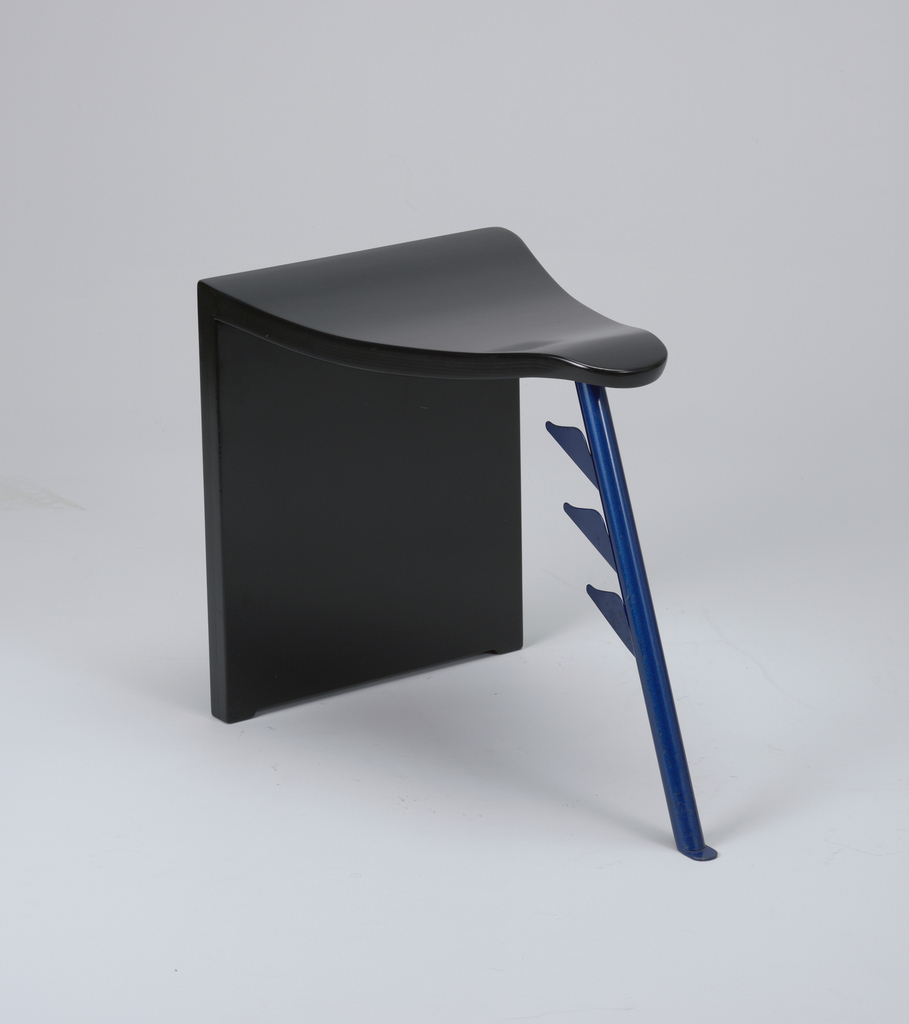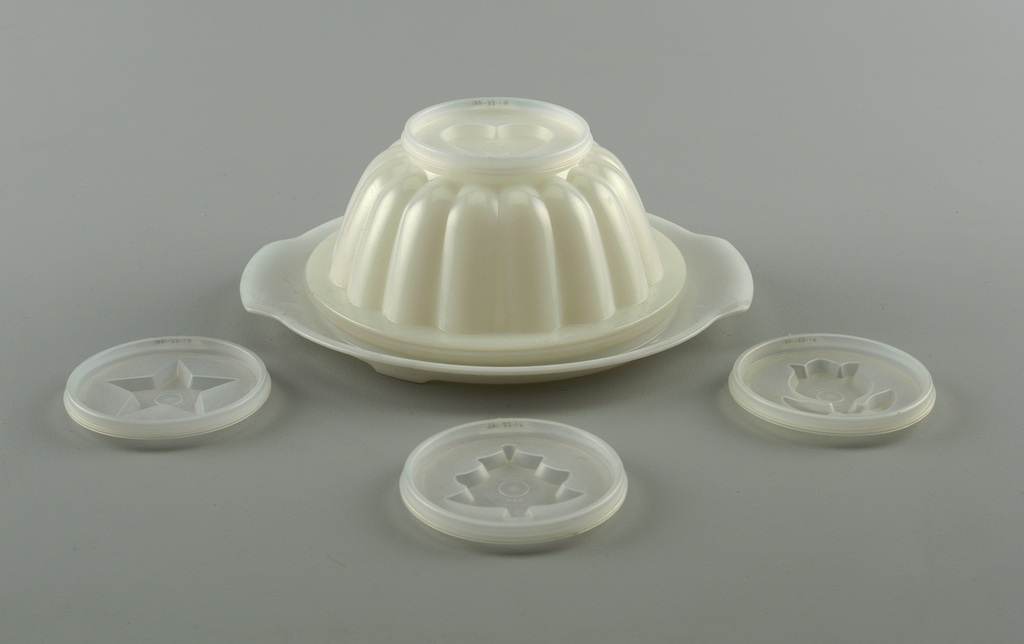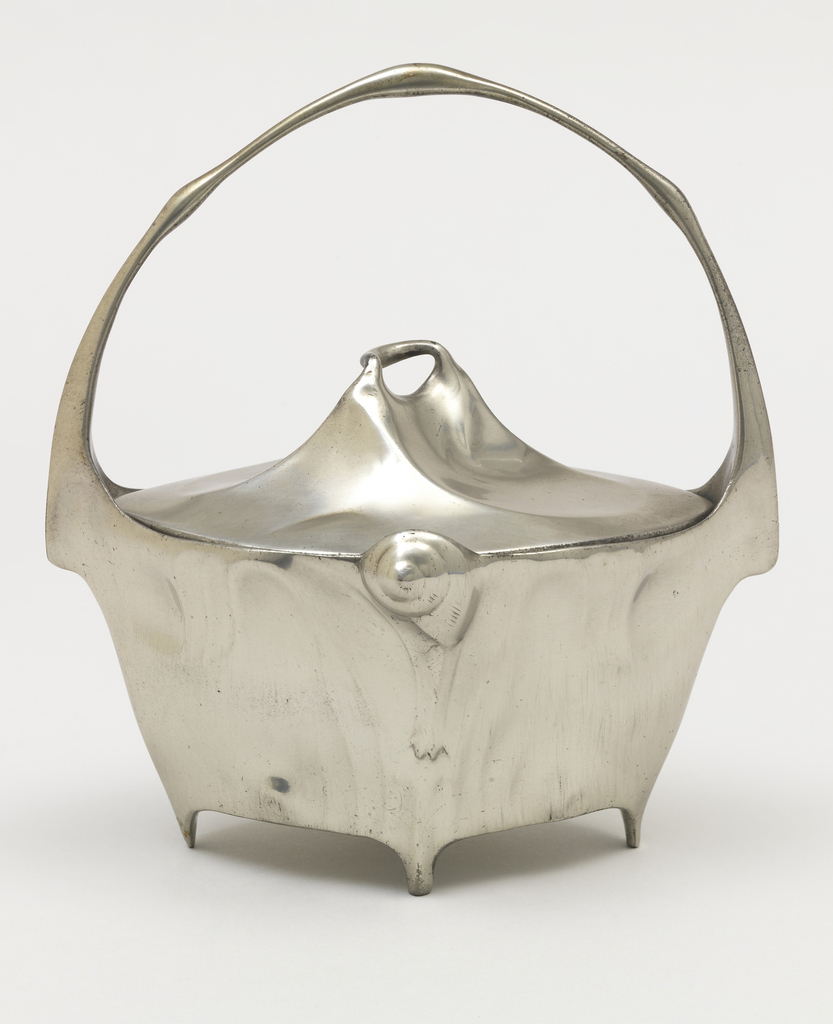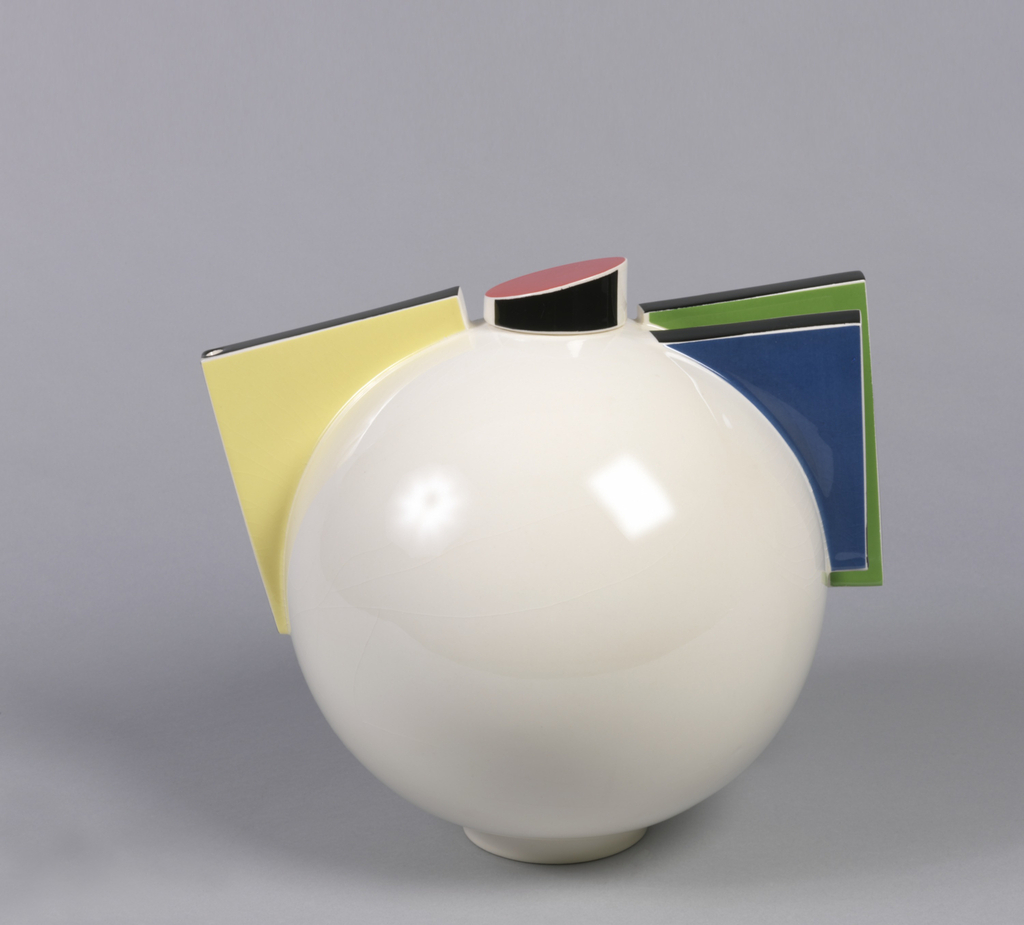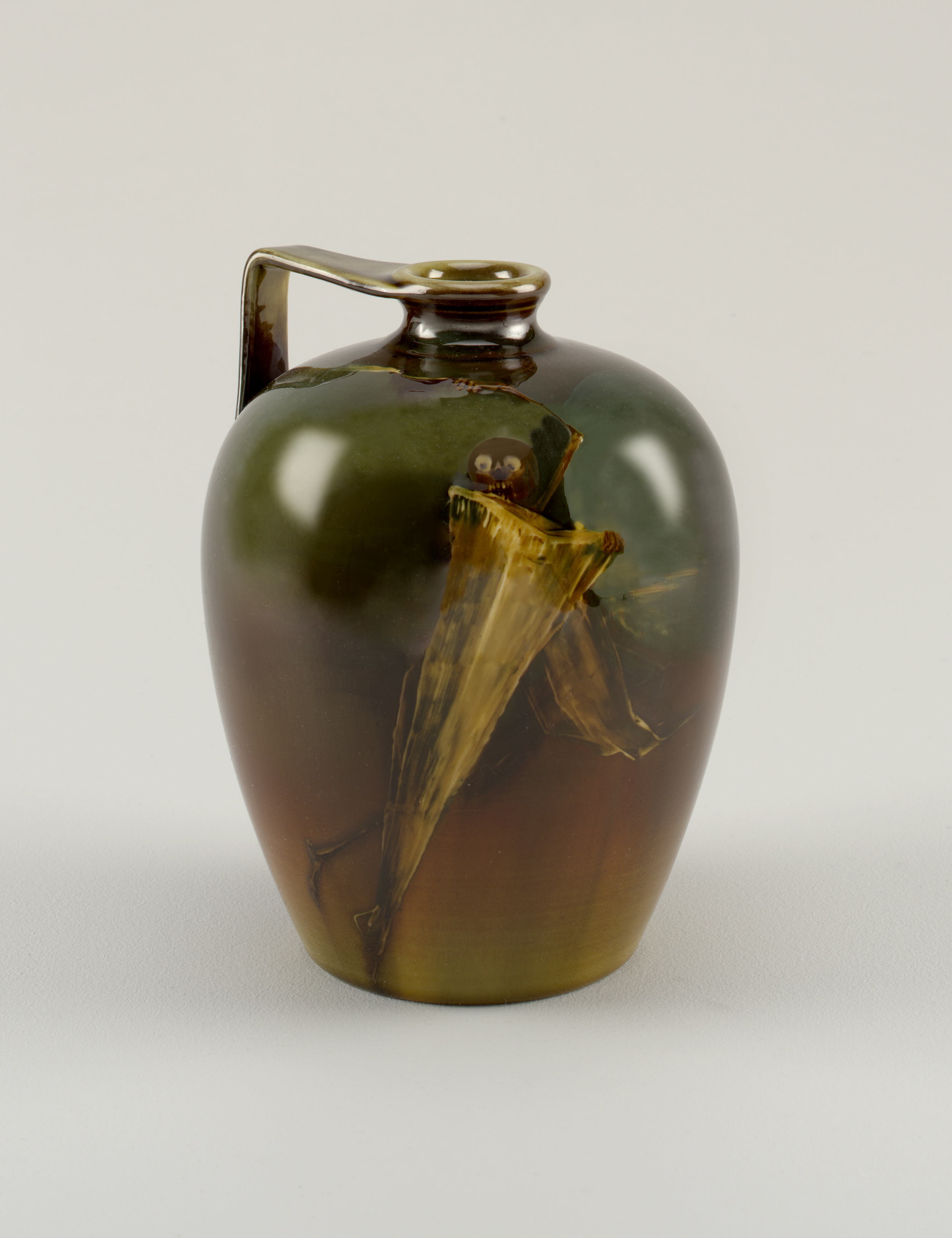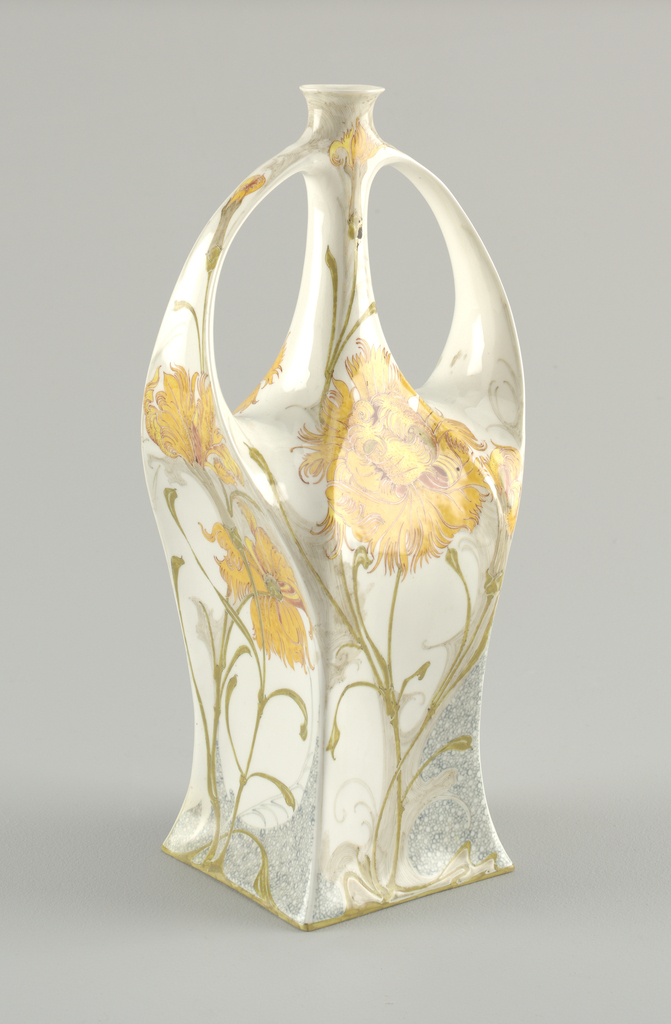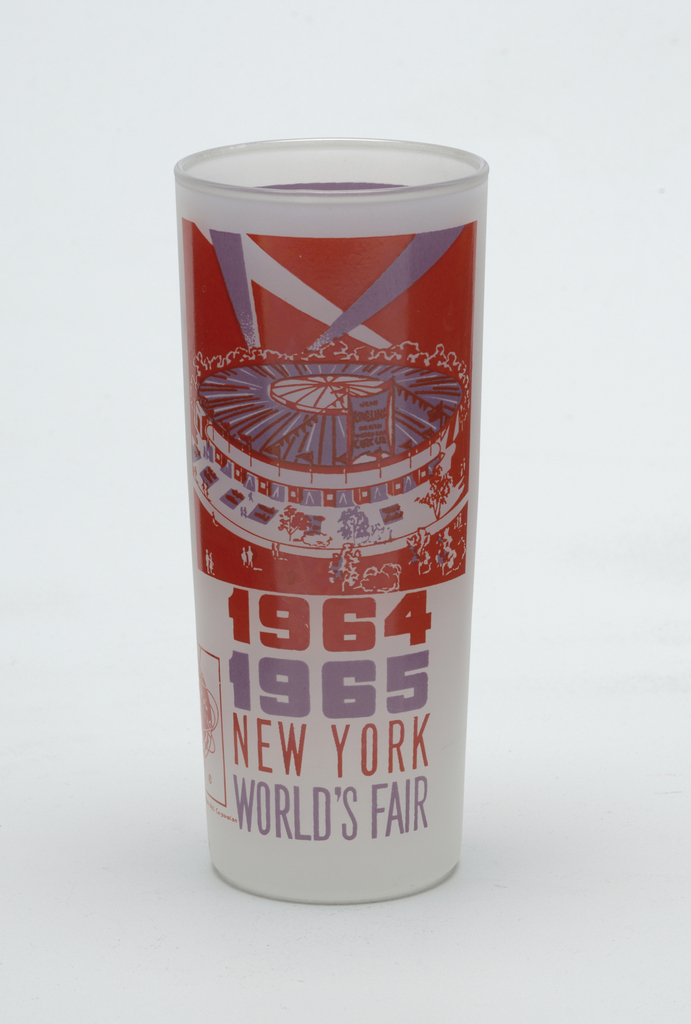In celebration of Women’s History Month, Cooper Hewitt is dedicating select Object of the Day entries to works that celebrate women in our collection. We believe that this Italian Amorino Plate (also known as a coppa) dates from ca. 1600. The cupid (or putto) painted in the center of the plate, which is a shallow bowl,...
This stool is a prototype made by French designer Patrick Naggar, who trained as an architect at the École des Beaux-Arts and places architecture at the center of his design practice in order to experiment with forms and structures. Naggar also trained in urban studies and his approach to design brings together the functional and...
You can use it to prepare a lovely jellied entrée made with crab or chicken, desserts made with fruit or, as a special holiday treat, with cat food, in homage to television’s Griswold clan’s Aunt Bethany. The star and Christmas tree molds suggest raspberry jello. Today’s food mold might only be seen in the most...
Pewter, an alloy of tin and lead, used to bring to mind matte, anthracite-grey mugs, flasks, and tableware susceptible to serving up lead poisoning, in addition to whatever else the kitchen had to offer. In other words, anything but this lozenge-shaped, organic biscuit box, marked “KAYSERZINN”. This perception was changed when Engelbert Kayser created “KAYSERZINN”...
One would not have thought that “fragment” and “porcelain” could co-exist as happily as they do in this teapot, from Marek Cecula’s “Fragment Series”. Why fragment? Cecula (born Poland, 1944, working in New York) writes that, in creating the “Fragment Series”, he wanted to “substitute conventional functionality into a utilitarian sculpture.” In this sense, the...
A ghostly skeleton in a shroud, with one arm upraised, holding a burning lamp, over a dusky, shadowy background…. Are you scared yet? You need not be, for this ghoulish scene unfolds on this enchanting Rookwood Pottery jug, and not on your street. The ovoid jug was made in 1891 and is part of the...
Like a ballerina in a pirouette, this delicate vase stands with its handles raised and reaching for each other, like graceful, slender arms. The vase’s sculptural, elongated, and organic form epitomizes Art Nouveau. It is also one for which the Netherlandish Rozenburg Pottery and Porcelain Factory was particularly well known. Rozenburg produced these works of...
The World’s Fair of 1964-65 was the third major international exhibition to be held in New York City. The Fair was held in Queens’ Flushing Meadows Corona Park, the same site as the 1939-40 World’s Fair. The theme of the Fair was “Peace Through Understanding”, and it was dedicated to “Man’s Achievement on a Shrinking...
In 1924, the US Secretary of State advised the French government that the United States would not participate in the 1925 International Exhibition of Modern Decorative and Industrial Arts in Paris, because American manufacturers had “little or nothing to display” that would meet the French admissibility requirements of new inspiration, and originality. Yet, America could...
